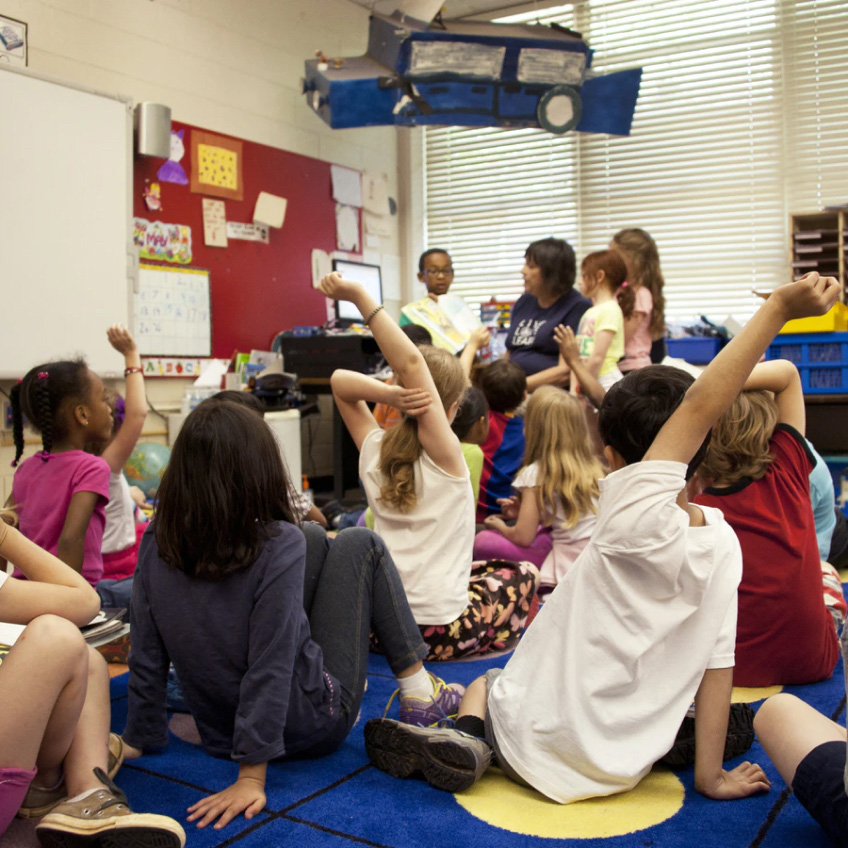
Fashion Revolution Week
Every year on the week around the 24th of April.
Raising awareness for a sustainable, fair and just fashion industry.
About the event
Fashion Revolution Week occurs on the week around the 24th of April every year to raise awareness about the human rights abuses and environmental degradation caused by the fashion industry.
The week was started in the wake of the 2013 Rana Plaza Collapse. On the 24th of April 2013, the Rana Plaza garment factory in Bangladesh collapsed, killing 1,100 textile workers and injuring a further 2,500. Many of the world’s top brands were having clothes made at this factory, but through opaque subcontracting agreements, many barely knew they were implicated in one of the largest industrial disasters in history.
Fashion Revolution week aims to encourage everyone to think about how we can make a kinder fashion industry that doesn’t rely on exploitation and overproduction on the other side of the world. Fashion Revolution has celebrated progress made since its conception with wages in some countries for textile workers increasing. However, the organisation recognises there is far more to be done with stronger labour unions needed, greater transparency, an end to throwaway culture and a shift to sustainable manufacturing.
How to approach it
One of the key problems with the fashion industry is that consumers don’t know where their clothes come from or the terrible conditions they were produced in. The most important thing to give students therefore is a solid understanding about the global fashion industry.
Talk about fast fashion and how the search for the cheapest possible materials and labour leads large fashion companies to set up shop in countries with the least protections and cheapest labour costs. Develop an understanding of what a supply chain is, how difficult they are to trace, and how human rights abuses can occur at any stage. Follow clothes back from the high street shop, to the wholesaler, to the garment factory, the mills, dye factories and cotton fields.
After this go through potential solutions to these problems. Focus on the collective issues over individual actions as a consumer. For example, smaller local supply chains are easier to trace and less likely to foster exploitation. Greater labour representation is needed and greater international cooperation to ensure that worker’s rights are protected everywhere. At home, we could mandate that companies must know exactly where their products come from and that good pay is assured to everyone within their supply chain. Or we could help to set up second hand clothes exchanges. Ask: how can we campaign to make these things happen? What can we do as communities or as individual change makers?
Conversation starter
Do you know what Fast Fashion is? Fast fashion is when clothes are produced really cheaply so that shops on the high street can sell things at very low prices. To keep prices low fast fashion exploits poorly paid factory workers and heavily pollutes the environment. These factories are often far away from us so we have to ship the clothes over here. Think about your favourite item of clothing: do you know where it was made or who it was made by?


